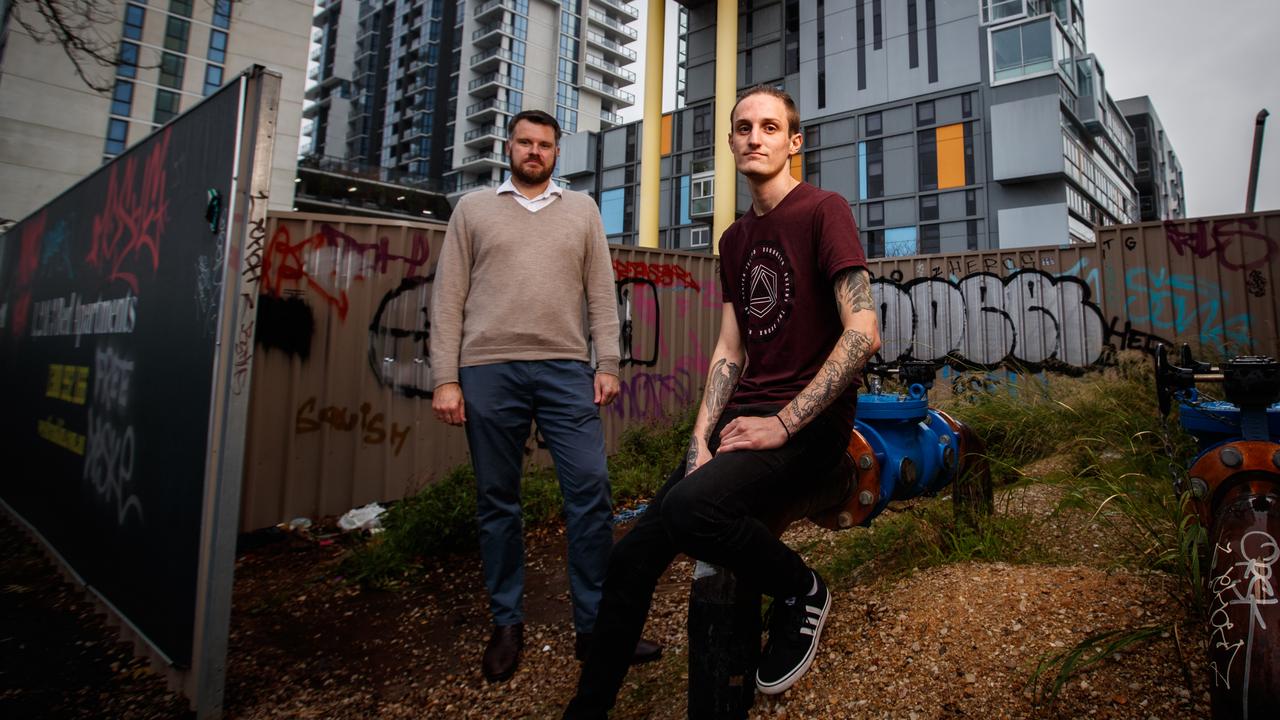SA Weekend 10 Year Special: Adelaide was the city that was hungry for change
Let’s take a stroll down memory lane … Or, to be more precise, down Peel Street — SA Weekend examines the successful recipe for a revolutionary decade of South Australia’s eating and drinking culture.
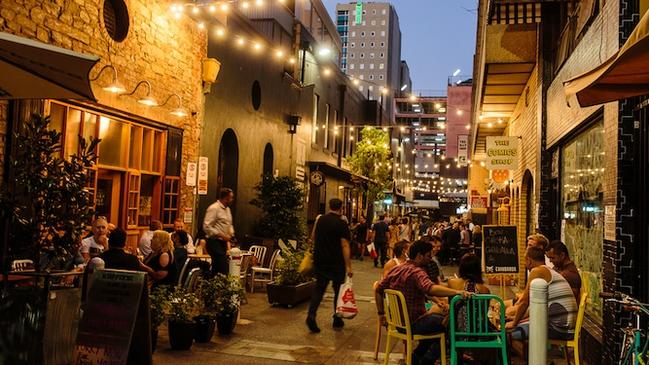
SA Weekend
Don't miss out on the headlines from SA Weekend. Followed categories will be added to My News.
- SA Weekend: South Australia’s best stories
- SA Weekend: A decade of news in South Australia, and abroad
- SA Weekend: Politics in Australia? It’s no party
- SA Weekend: How SA embraced a smarter, healthier city
Let’s take a stroll down memory lane …
Or, to be more precise, down Peel St, Adelaide.
It’s only seven years ago, and the little walkway between Currie and Hindley that will become known for its rollicking mix of bars and eateries, still looks unloved and devoid of life.
There’s a map shop, a comic store and not much else.
No lights and laughter — just graffiti, cobwebs and abandoned buildings.
“I think that year it was voted the scariest laneway in Australia,” laughs Josh Baker, who took a leap of faith in the potential of the neglected thoroughfare when he opened Clever Little Tailor with partners Crispian Fielke and Dana White in 2013.
“There was no access to Leigh St, which was the golden child of the West End. It had the dirty laneway feel of something in Melbourne. It was perfect for a small bar.”
CLT was the first tenant in a strip of vacant spaces on the western side of the thoroughfare bought by George Ginos and family.
“As soon as George signed the deal, he came over with a purple key,” Baker recalls.
“He took me over to what was this shitty little building and we did a handshake deal then and there.”
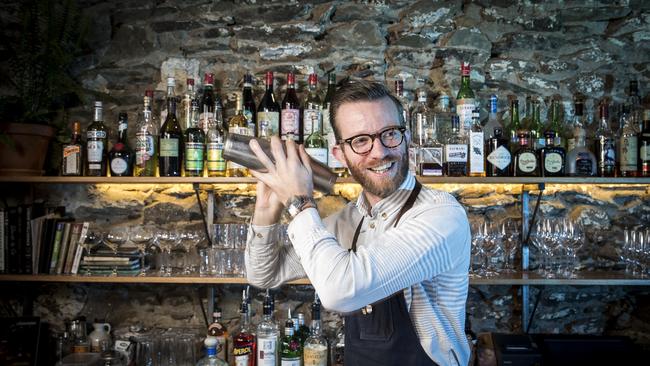
Carpets and false ceilings were torn out, layers of paint stripped to reveal the bluestone of the original walls.
The finished bar, with its gorgeous cabinet work and mezzanine booths, was packed from day one. Peel St, the restaurant, followed soon after to similar acclaim.
And the rush was on.
Peel St, of course, is only a small slice of the transformation of the city centre in particular, and the state more broadly, in the 10 years since the launch of this publication.
But its seemingly overnight shift from ghost town to hotspot is symbolic of how profound the change has been for those with an interest in how they eat and drink.
So what sparked this evolution?
The answer, perhaps, is a happy coincidence of timing, where government, a few key provocateurs and, critically, the public were all pushing the same way.
Some industry types say the redevelopment of Adelaide Oval, and the shift of footy from West Lakes, was one trigger.
Alongside this came the push from the State Government and Adelaide City Council to reduce big bureaucratic and financial hurdles for smaller venues.
“They got rid of the red tape for young operators and people who couldn’t touch anything to do with food and beverage unless you were going to be a restaurant, nightclub and hotel,” Baker says.
“With that we noticed how many good operators Adelaide breeds. It has given everyone an opportunity.”
It was the promise of crowds from the oval that lured Simon Kardachi to expand from the suburbs to Waymouth St, where he opened Press Food & Wine, in 2011.
“It was a hunch at the time about the benefits the oval would bring to business in the city,” Kardachi says.
“That and the (licence) change for small venues has resulted in hundreds of outlets than can serve liquor in the city, and half of those would also offer food. For the consumer, Adelaide is a way, way better place than it was 10 years ago. But it is as hard as ever to do business here. The population hasn’t grown, there is no more money, but there is a lot more competition.”
The split-level Press was something of a trailblazer, for Adelaide at least, showing that high-quality food could be served without formality, in contrast to the elite restaurants of the time such as Magill Estate, Auge, Chloe’s, The Grange and Windy Point, which topped the ratings in The Advertiser Food Guide of 2010.
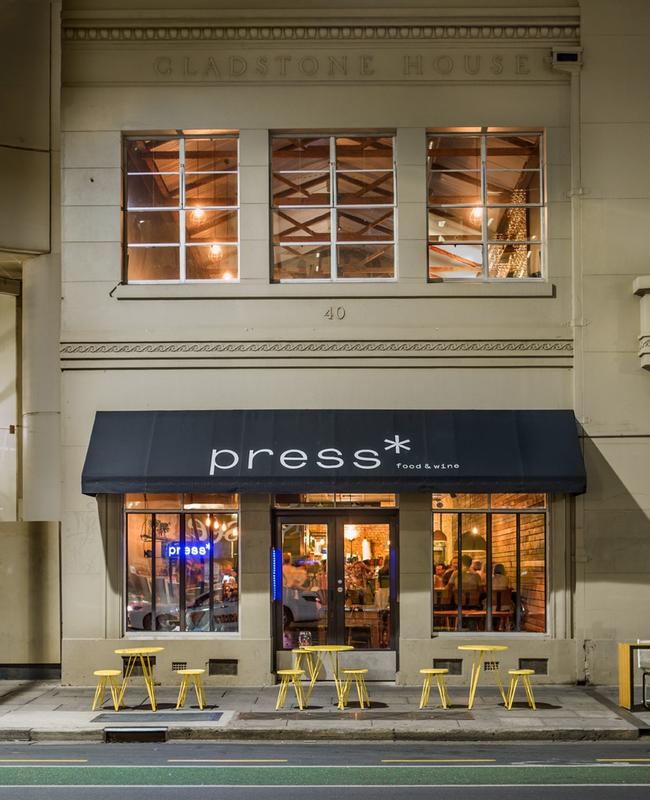
This dining revolution accelerated with the arrival of two fiercely determined, wildly creative chefs who saw the state with fresh eyes.
Jock Zonfrillo and Duncan Welgemoed would become much-needed ambassadors for this new era, both around the country and on the world scene.
Scotsman Zonfrillo has given us Orana, where his original approach to native ingredients and indigenous food culture has been widely acclaimed, and seen the restaurant ranked the best in Australia.
A few doors away in the East End, Welgemoed established Africola, the high-spirited, wholehearted exploration of his homeland in South Africa and beyond.
So what did these globetrotting chefs see in Adelaide?
“When I arrived (in 2010) the dining scene was plastic fantastic … there was nothing really happening in the city food-wise,” says Welgemoed.
“But it encouraged me to do my own thing. I saw how beautiful the produce and the landscape was. And it was an interesting, quirky city and a perfect place to raise a family.”
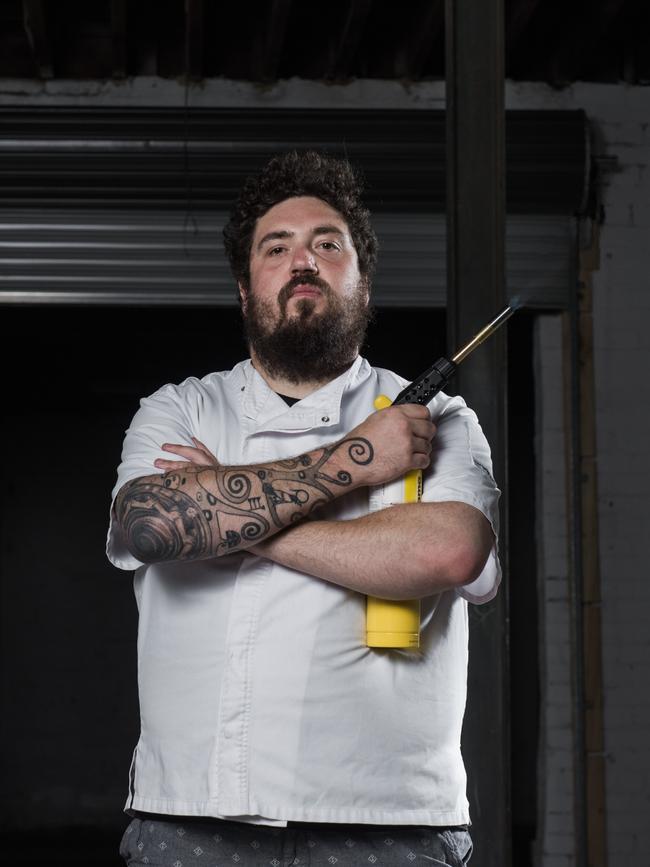
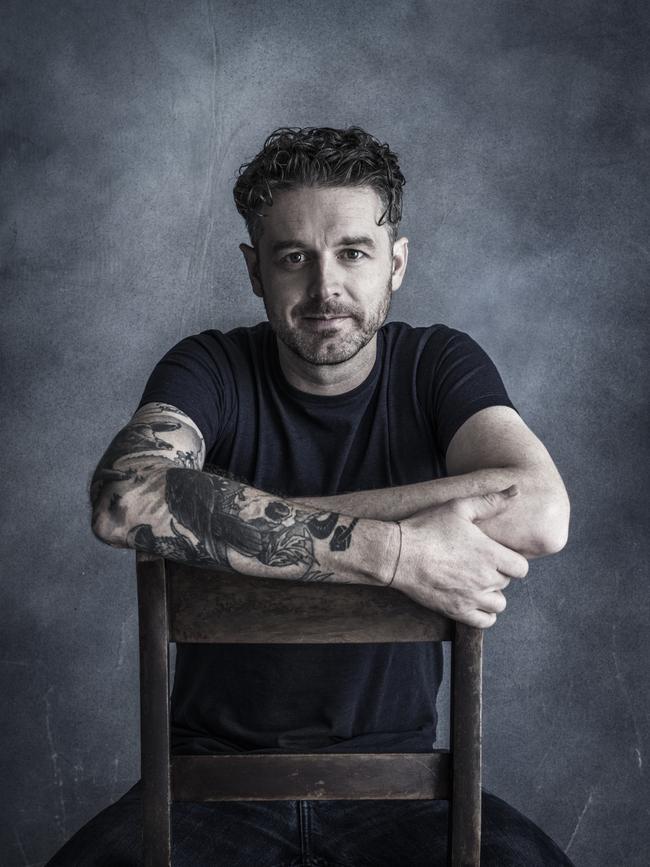
Welgemoed and his restaurant became central to a network of freethinking entrepreneurs, producers and particularly the natural winemakers, mostly based in the Adelaide Hills, who have become “rock stars internationally”.
And these new endeavours have found fertile ground.
Food and beverage has become a major consideration in the state’s tourism, employment and regional growth. Markets and mobile vendors are everywhere.
The calendar is filled with festivals and other events that, even if not focused on food, recognise its power in attracting a crowd.
Is it all sustainable?
“We’ve cultivated the SA style,” says Welgemoed.
“Now we need to keep stepping away from what is going on anywhere else in the world and become known as a capital of food internationally.”



